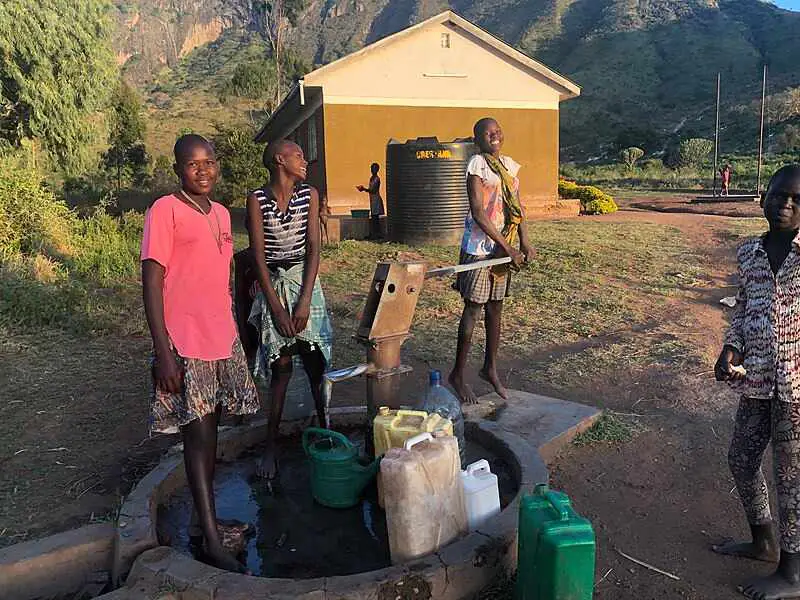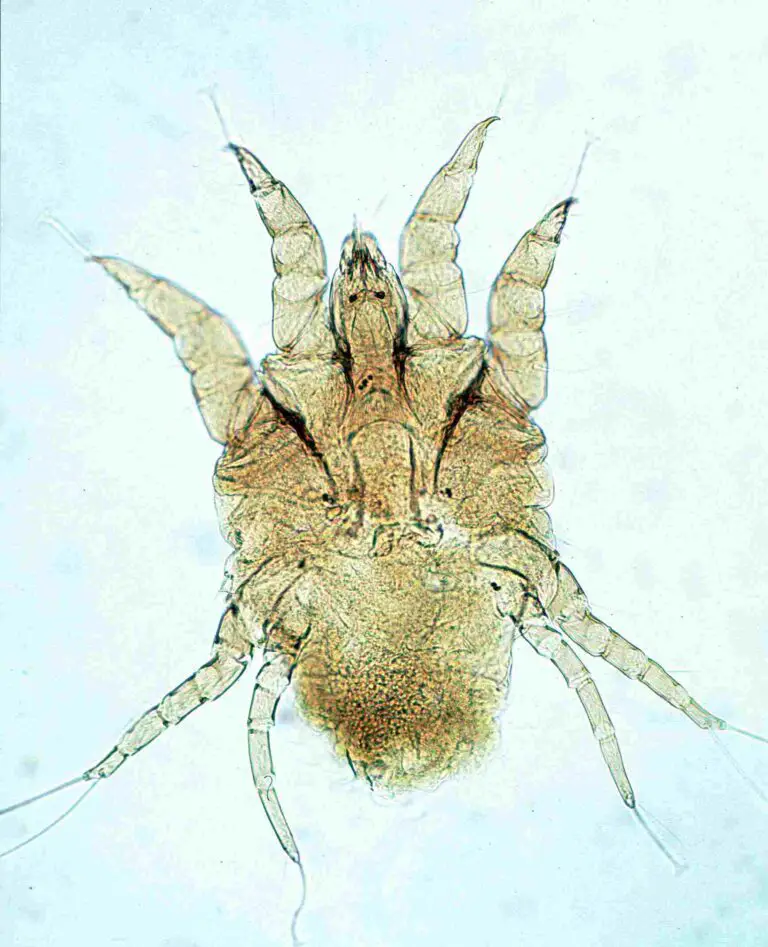5 Water Conservation Practices Explained
Water conservation practices are; greywater recycling, agricultural water conservation, rainwater harvesting, wastewater treatment, and domestic water rationing.
This article discusses water conservation practices, as follows;
1). Greywater Recycling (as one of the Water Conservation Practices)
Grey water conservation is a term used to describe all steps and measures taken to reduce the wastage of non-toxic wastewater from domestic activities like bathing and laundry.
The practice is fairly common in areas with stressed water resources due to low-volume natural reserves, climate change or overpopulation, among other causes [7].
The method of greywater recycling is one of various techniques that make up a typical greywater management scheme, and as the term implies; it is solely concerned with making non-toxic waste water reusable.
Recycling of greywater can be used in conserving water resources by reducing the rate at which fresh water is abstracted or taken from available reserves; and rather meeting the need with greywater in areas where high-purity is not required.
It is implemented as part of a treatment scheme that includes greywater collection, treatment and reuse [6], and has significant ecological benefits that include energy conservation and preservation of the aquatic (and terrestrial) ecosystem from harmful environmental impacts of water resource-depletion [2].
2). Agricultural Water Conservation
Agricultural water conservation is the sum total of practices aimed to reduce the rate of water consumption in farms without compromising productivity.
The principle of water conservation in agriculture is moisture retention optimization through reduced erosion, runoff, evaporation, leaching and percolation.
Techniques that are best for water conservation in agriculture are; sustainable irrigation, composting, conservation tillage, mulching, rotational grazing, holistic grazing and cover cropping, among others [1].
One of the unique attributes of water conservation in agriculture is that it is bi-faceted, so that soil conservation occurs at the same time as water is being conserved, especially in crop-dominated systems.
Agricultural water conservation has both ecological and economic benefits, and can play a role in reducing the severity of agro-economic problems like food insecurity, as well as ecological problems like drought.
3). Rainwater Harvesting (as one of the Water Conservation Practices)
Rainwater harvesting or rainwater conservation is the act of capturing, collecting and storing water from rain that flows over the tops of roofs, pavements and other surfaces.
The importance of rainwater harvesting for conserving water resources, is based on the fact that rainwater can serve as an alternative reserve of fresh water, especially when it is collected and filtered under sanitary conditions [9].
In areas where freshwater reserves are insufficient and stressed, rainwater harvesting presents benefits that include energy conservation and minimization of environmental impacts of water management.

Water Conservation Practices: Rainwater Harvesting (Credit: SuSanA Secretariat 2011 .CC BY 2.0.)
4). Wastewater Treatment
Treatment of wastewater is a prominent issue with respect to water conservation, so that any robust scheme or study of the latter most include reference to wastewater treatment methods, steps or equipment [10].
The basic stages of wastewater treatment are;
1). Insoluble contaminant removal (by filtration, decantation, etc.)
2). Soluble contaminant removal (by reverse osmosis, thermal treatment, etc.)
3). Disinfection
Wastewater treatment is also an essential component of any elaborate water management scheme, alongside recycling and reuse [3].
5). Domestic Water Rationing (as one of the Water Conservation Practices)
Water rationing is the deliberate limiting of water consumption rates in order to prevent wastage and depletion of reserves.
It can be alternatively described as domestic water conservation, because the method is mostly used within a domestic context in homes and communities.
Examples of domestic water conservation practices are; closure of faucets, installation of flow regulators, leak repairs, use of washing machines and dishwasher only when full, and shortening of shower duration [8].
Because of the high consciousness and deliberation required to sustain such efforts, water rationing is often made mandatory in areas where it is practiced, and adherence may be further insured by restricting supply [4].

Conclusion
Water conservation practices are;
1. Greywater Recycling
2. Agricultural Water Conservation
3. Rainwater Harvesting
4. Wastewater Treatment
5. Domestic Water Rationing
References
1). Diop, M.; Chirinda, N.; Beniaich, A.; El Gharous, M.; El Mejahed, K. (2022). "Soil and Water Conservation in Africa: State of Play and Potential Role in Tackling Soil Degradation and Building Soil Health in Agricultural Lands." Sustainability 2022, 14, 13425. Available at: https://doi.org/10.3390/su142013425. (Accessed 26 February 2023).
2). Filali, H.; Bârsan, N.; Souguir, D.; Nedeff, V.; Claudia, T.; Hachicha, M. (2022). "Greywater as an Alternative Solution for a Sustainable Management of Water Resources—A Review." Sustainability 14(2):665. Available at: https://doi.org/10.3390/su14020665. (Accessed 25 February 2023).
3). Gawande, S.M.; Sarode, D. D. (2019). "Reuse of Wastewater to Conserve the Natural Water Resources." In: Singh, H., Garg, P., Kaur, I. (eds) Proceedings of the 1st International Conference on Sustainable Waste Management through Design. ICSWMD 2018. Lecture Notes in Civil Engineering , vol 21. Springer, Cham. Available at: https://doi.org/10.1007/978-3-030-02707-0_41. (Accessed 25 February 2023).
4). Jessoe, K.; Lade, G.; Loge, F.; Spang, E. S. (2021). "Residential water conservation during drought: Experimental evidence from three behavioral interventions." Journal of Environmental Economics and Management 110(9):102519. Available at: https://doi.org/10.1016/j.jeem.2021.102519. (Accessed 25 February 2023).
5). Jiang, Z-Y.; Li, X-Y.; Ma, Y. (2013). "Water and Energy Conservation of Rainwater Harvesting System in the Loess Plateau of China." Journal of Integrative Agriculture 12(8). Available at: https://doi.org/10.1016/S2095-3119(13)60553-5. (Accessed 25 February 2023).
6). Mandal, D.; Labhasetwar, P.; Dhone, S.; Dubey, A. S.; Shinde, G.; Wate, S. (2011). "Water conservation due to greywater treatment and reuse in urban setting with specific context to developing countries." Resources Conservation and Recycling 55(3):356-361. Available at: https://doi.org/10.1016/j.resconrec.2010.11.001. (Accessed 25 February 2023).
7). Oteng-Peprah, M.; Acheampong, M. A.; deVries, N. K. (2018). "Greywater Characteristics, Treatment Systems, Reuse Strategies and User Perception-a Review." Water Air Soil Pollut. 2018;229(8):255. Available at: https://doi.org/10.1007/s11270-018-3909-8. (Accessed 25 February 2023).
8). Ruiz, D. M.; Tallis, H.; Tershy, B. R.; Croll, D. A. (2020). "Turning off the tap: Common domestic water conservation actions insufficient to alleviate drought in the United States of America." PLoS One. 2020 Mar 4;15(3):e0229798. Available at: https://doi.org/10.1371/journal.pone.0229798. (Accessed 25 February 2023).
9). Şahin, I.; Manioğlu, G. (2018). "Water conservation through rainwater harvesting using different building forms in different climatic regions." Sustainable Cities and Society 44. Available at: https://doi.org/10.1016/j.scs.2018.10.010. (Accessed 25 February 2023).
10). Vigil, S. (2006). "Water Conservation and Wastewater Treatment." Available at: https://www.researchgate.net/publication/241798357_Water_Conservation_and_Wastewater_Treatment. (Accessed 25 February 2023).




